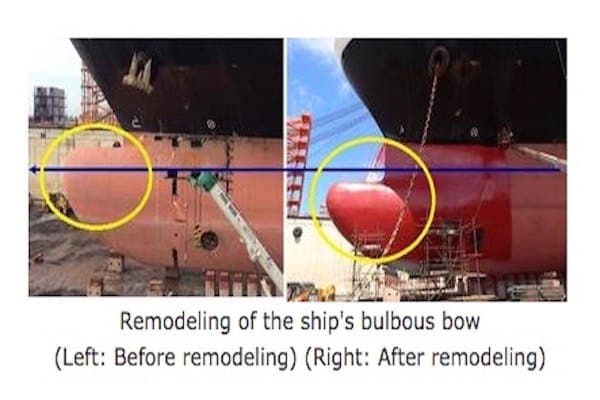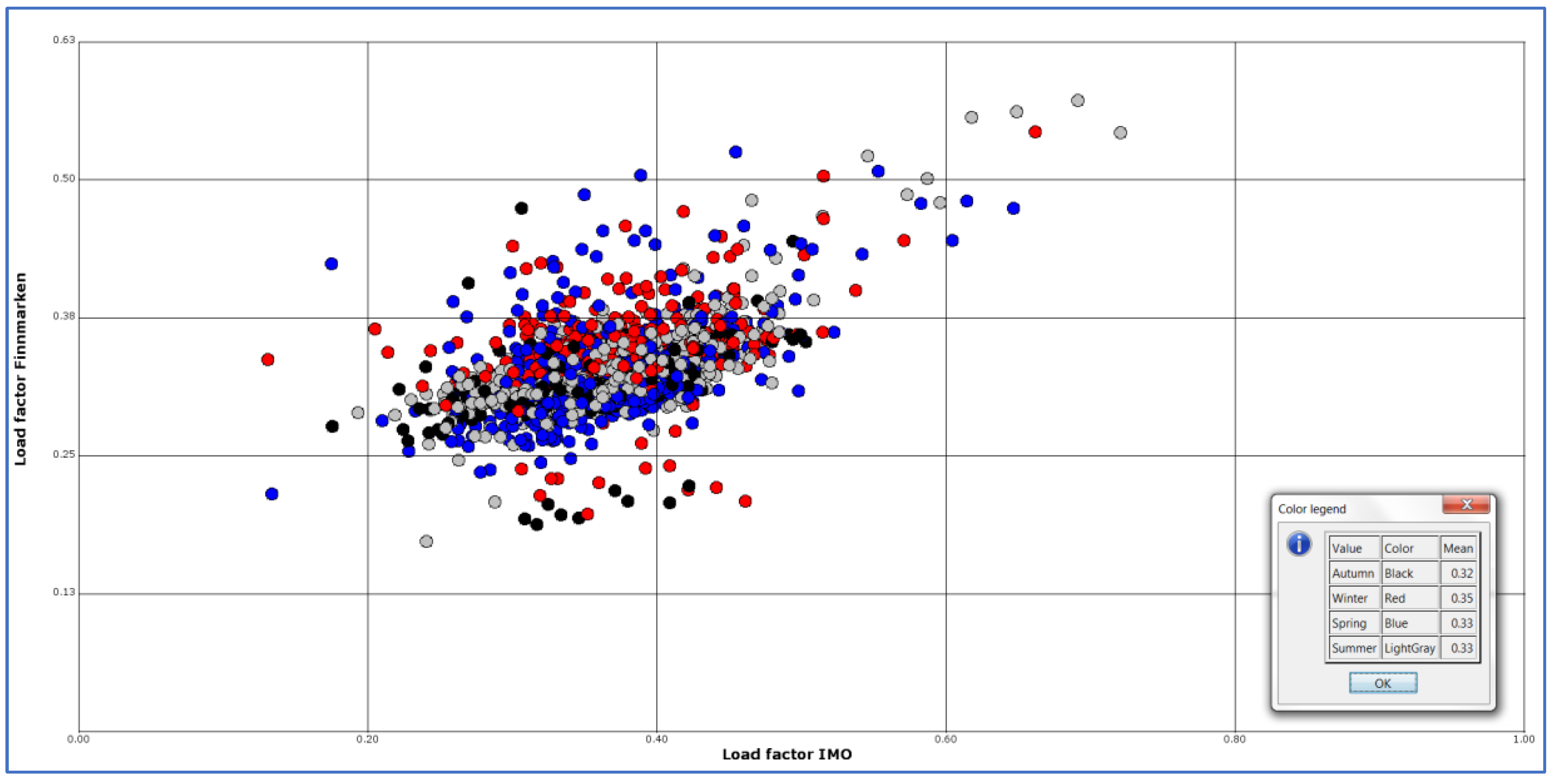Table Of Content
- Factors Deciding The Fuel Consumption Of Cruise Ships
- Cruise News Recap: Carnival Hike, Overbooking, Stranded Passengers
- Efforts Towards Reducing Gas Consumption
- Understanding Cruise Ship Fuel Capacity And Types
- Freedom Of The Seas
- Fuel Storage On Cruise Ships
- Juneau Takes Steps to Limit Cruise Ship Passengers

Some of the lines (including Celebrity and Cunard) have suffered vessel breakdowns due to pod-bearing failures. Lots of voyages had to be canceled, extensive dry-docking periods were required for pod bearings to be replaced, and NCL didn't want to take the risk. Large equipment (propulsion motor, bow thrusters) requires electricity of high voltage. As for smaller machinery (cabin lights, galley equipment), the electricity goes through the transformer and is thus stepped down into lower voltage. Large cables snake through all the ships to distribute electrical power.
Good Fuel Economy for a Fishing Boat Sport Fishing Mag - Sport Fishing
Good Fuel Economy for a Fishing Boat Sport Fishing Mag.
Posted: Wed, 07 Feb 2024 08:00:00 GMT [source]
Factors Deciding The Fuel Consumption Of Cruise Ships
Hot exhaust is made over a turbine that spins to drive mechanically a shaft. The same way works diesel-electric engines, yet they use a direct drive system, not a turbine. The output shafts, to produce electrical power, are connected to generators. Since bunkering mostly proceeds before the voyage or during port visits, safety remains important. Moreover, the nature of cruise ships makes them even more aware of the possible hazards. The LNG bunker uses the standard coupling at the selective terminals available globally.
Cruise News Recap: Carnival Hike, Overbooking, Stranded Passengers
The technology is based on the "Flettner rotor" (patented by Anton Flettner in 1922) and uses the so-called "Magnus effect" - the spinning rotor (rotating cylinder) drags airflow faster around one side. This creates pressure/speed difference that moves it in the direction of the opposite (lower-pressure) side, creating a force at a right angle to the direction of the wind. Unlike traditional cloth sails, the rotor needs no furling (stowing), reefing (reducing sail's area) or line-tending.
Efforts Towards Reducing Gas Consumption
Cruise ships rely on various types of fuels to power their engines and provide the energy needed for propulsion, electricity generation, and onboard amenities. The choice of fuel can significantly impact the environmental footprint of these vessels. A smaller ship will require less fuel to travel the same distance than a larger ship. The amount of fuel a cruise ship uses depends on its size and average speed. A large cruise ship can use up to 250 tons of fuel per day, or about 80,000 gallons, on average.
Cruise Ship Fuel Usage
Wartsila Marine technologies aim to optimize ship performance, but also allow to locate deviations from normal parameters of equipment and engines. This allows emerging problems and engine fault sources to be fixed before they occur. However, the changing market is shifting fast towards the LNG sources for propulsion. Therefore, the vast spread of terminals for LNG refuelling will considerably reduce these figures for the cruise liners. A traditional tanker or bulk carrier has long-distance voyages with steady speed. These values range between 12 to 14 knots, with delivery dates and design considerations being important.
Backup generators are located higher up and also outside engine room spaces to isolate them from damage or fire. Monitoring of fuel levels across all tanks is important for these ships for regular updates. In addition, the hectic nature of work and safety aspects need mandatory remote gauges on each tank. All these gauges direct back the readings to the control room for the engine crew monitoring ability.
Freedom Of The Seas

This also includes auxiliary services like steam generation and boiler operations. For cruises varying between 150 to 250 meters, the fuel usage goes down fast. This takes into account their short voyages as well as shorter port stays. These typical sizes range between 140 to 180 MT of their 85% and above rated loads of fuel consumption. The cruise ship draughts have a lesser variation in comparison to the cargo ships available. Hence, the load parameters do not necessarily depend on it but rather the weather conditions.
A knot is a unit of speed equivalent to one nautical mile per hour or 1.15 land-measured miles. While cruise ship size definitions vary, generally, large vessels are those that carry more than 2,500 passengers. Windstar’s ships are on the smallest end of this range, as our vessels carry roughly 250 to 300 guests. In addition to these systems, entertainment facilities, onboard kitchens, laundry services, and other amenities contribute to auxiliary power consumption. Beyond that, much like cars, the design of the cruise liner also dictates how much fuel will be consumed.

The most obvious response to this query is that, when traveling a given distance, small ships use much less fuel than large ships do. A large ship may use up to 250 tons of fuel per day, according to the College of Engineering and Applied Science at the University of Colorado Boulder. To put that in perspective, that equates to more than 80,000 gallons of fuel every day. On the other hand, standard-sized ships can consume up to 150 tons of fuel each day. Like driving a car, traveling at higher speeds causes an increase in aerodynamic drag, which has an immediate impact on fuel consumption. This is rarely a problem because the majority of cruise ships cruise at 21 to 24 knots.
Larger ships typically have larger fuel tanks, allowing them to carry more fuel and travel longer distances without the need for frequent refueling stops. Smaller ships, on the other hand, may have limited fuel capacity, which can restrict the range of their voyages. These factors don’t just determine how much fuel is used; they’re key to making our cruising experiences both enjoyable and sustainable. As a cruiser who’s witnessed the evolution of these magnificent vessels, I find the shift towards more sustainable fuel options like LNG not just impressive but essential.
You might think that it takes a lot of fuel to be able to push that much weight nearly 30 miles per hour. Let’s check out some other alternatives to diesel that cruise lines are using – both good and bad. Cruise ships primarily stay near the coast, with sporadic excursions into the deep ocean. Passengers’ desire to partake in both onboard and shore entertainment at the same time is a major factor in this. So, as soon as the vessel route is established, the bunker estimates start. For reference, Royal Caribbean’s Wonder of the Seas can hold 6,000 passengers, so you can do the math to figure out how much fueling that ship could cost.
It’s hard to imagine any size cruise ship floating as if it were weightless across the water, but that’s part of the engineering magic. Cruise ships stay afloat as long as they can displace, or push aside, the same amount of water as their weight. By combining displacement with powerful engines, these passenger boats can move along smoothly. Smaller vessels generally use the same mechanics as the big ships, but burn less fuel in doing so. The itinerary of the cruise ship also affects its average fuel consumption per day.
This also made it the world's first hybrid vessel that uses both wind power and dual-fuel (diesel-gas) engines. The ship is powered by a total of five Wartsila dual-fuel engines - three 12-cylinder (model 12V50DF, combined output 34,2 MW) plus two 6-cylinder (model 6L50DF, combined output 11,4 MW). Its propulsion system includes two Wartsila fixed-pitch propellers with twin propeller shafts. Navigation systems are also Wartsila-made, including NACOS Platinum (integrated vessel control system).
It’s not as refined as gas, diesel, and other marine fuels, which makes it very harmful to the environment. Though some cruise ships run on bunker fuel, most use a more environmentally friendly fuels like gas, diesel, marine diesel, or liquified natural gas. Up to 80% of a cruise ship’s daily fuel consumption goes into the propulsion of the vessel. The rest is used for power generation for electricity, lights, ventilation, and other onboard services. To address the issue of marine pollution, cruise lines are implementing measures to minimize their impact on the ocean environment. This can include using advanced wastewater treatment systems, implementing strict waste management practices, and adhering to international regulations like the MARPOL Convention.
No comments:
Post a Comment